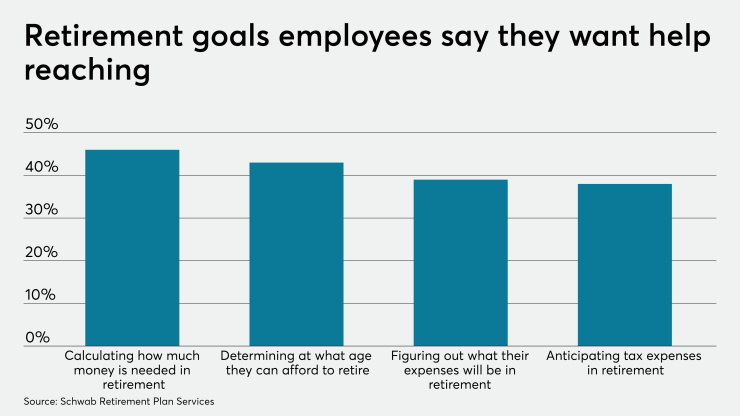COVID-19 transformed a theoretical financial fear into an actual threat. People had heard for years that they needed to budget better and should have short-term savings available to sustain them for three to six months. But for more than a decade, the economy was so strong and unemployment so minimal that the threat just didn’t feel tangible to many people. As a result, they were simply unprepared when it became all too real in 2020.
Read more:
In addition to having insufficient short-term savings, many Americans proved to lack a basic understanding of their expenses and corresponding cash-flow needs. Essentially, they didn’t know what it cost them to live month to month because it had been so long since the economy forced them to think about it.
Focusing on financial wellness
If there’s a positive to emerge from the dire financial straits many Americans have experienced, it’s that employers are now much more focused on implementing
Consider the hypothetical example of an employee who is 35 years old, with two car payments, student loan debt, a mortgage, and kids. Given all the expenses in his life, just having some money accumulating in a 401(k) plan for a retirement 30 years away isn’t enough to keep him sleeping soundly at night. That’s why short, medium, and long-term thinking are so important. Financial wellness programs can play a key role in providing this education for employees.
Comprehensive curriculum
Traditionally, much of the education offered by employers about
The program should include a strong emphasis on budgeting. This would entail employees taking a hard look at their income and expenses, and being taught how to better handle money, including ways to save that instill more comfort and confidence.
Employees would also benefit from education about investing options beyond the company 401(k) plan, such as the use of a 529 plan to save toward college education for their children. Employers should consider delving into family protection, including
For older employees who are closer to retirement, education about Social Security would be a key piece. This could include details about the ages of eligibility to receive partial and full Social Security benefits, as well as how much reliance should be placed on these funds. When you pull all of that education together, it becomes a much more comprehensive assessment of an employee’s financial picture than merely a number that rests in a 401(k) or 403(b) account.
Financial wellness is here to stay
The drastic impact of the pandemic has ensured that financial wellness programs are here to stay. I would assert that the level of employer commitment to them will also increase significantly. In the past, if an employer offered a financial wellness program, the motivation often didn’t extend far beyond simply being able to say that it existed.
A much more widespread and genuine motivation has now emerged among employers. Many truly want to foster and facilitate financial wellness rather than just implement a program that can be touted in an employee handbook or recruitment brochure. The bottom line is that companies are directly and adversely impacted when their employees aren’t financially well. Accordingly, there are aligned interests to establish and emphasize financial wellness programs that actually do what they’re intended to.






